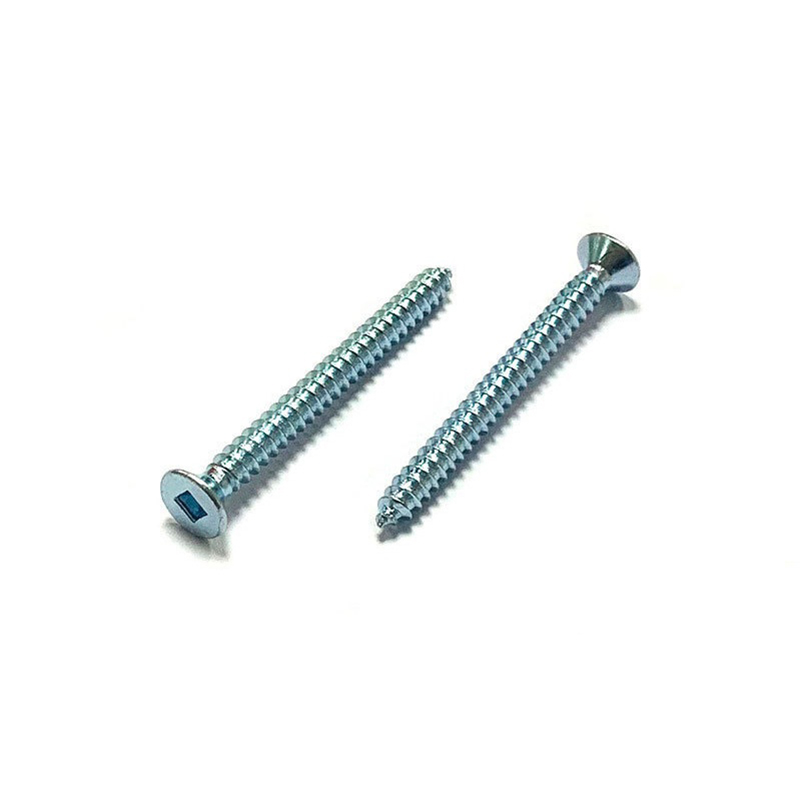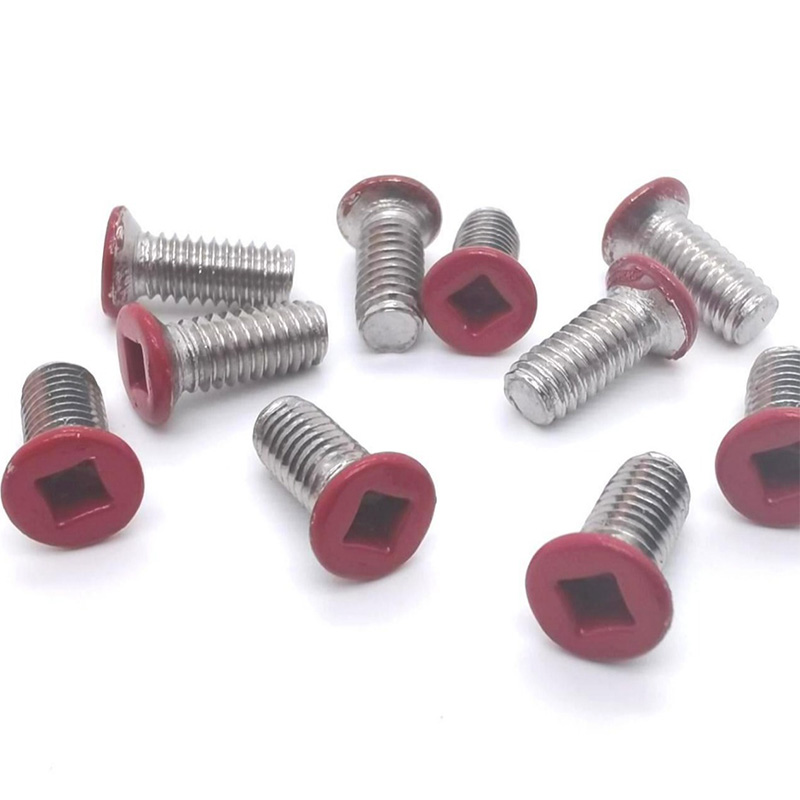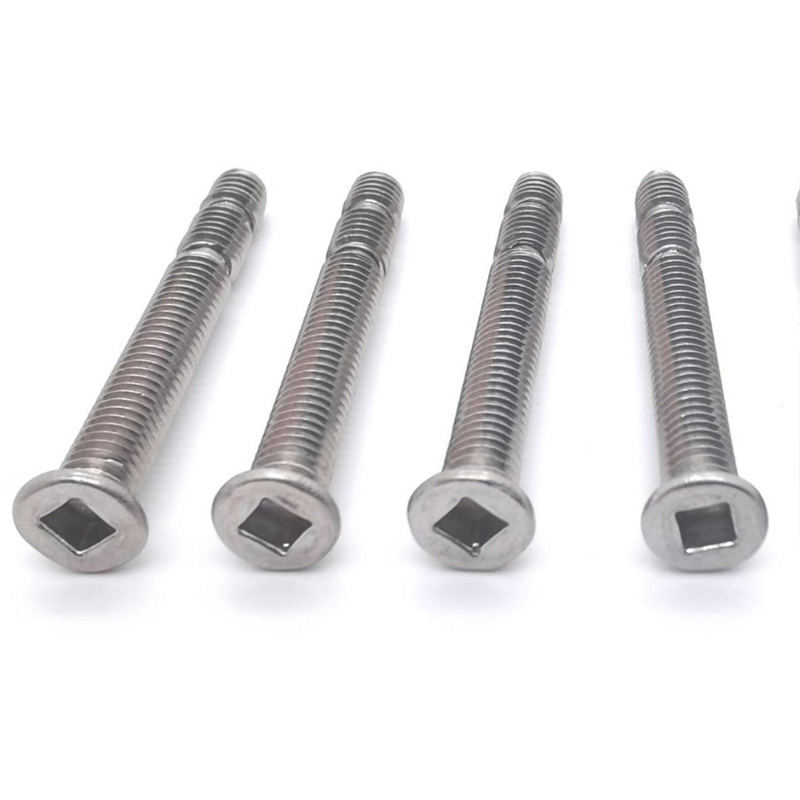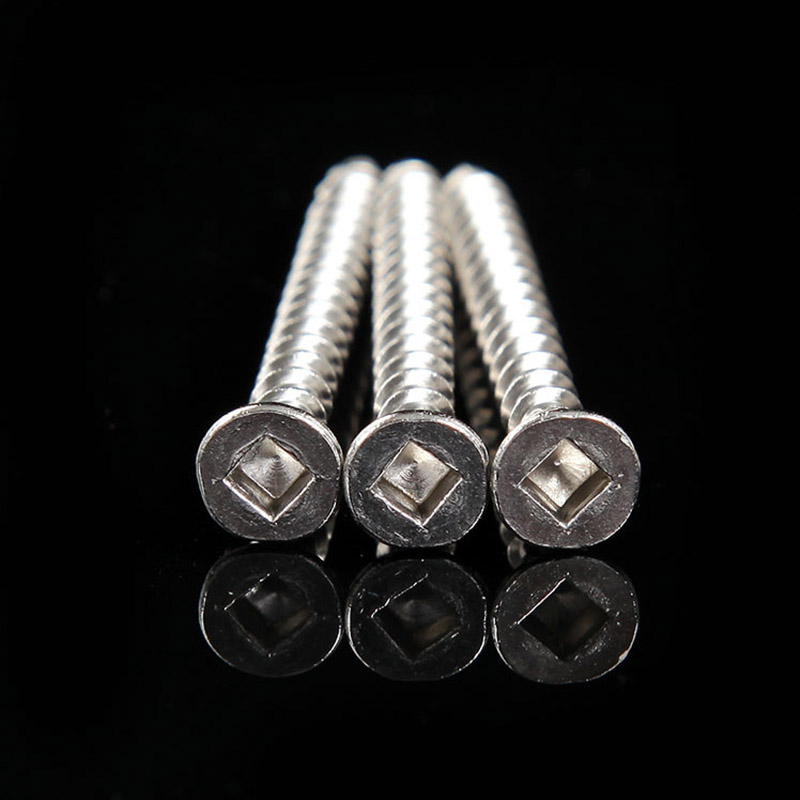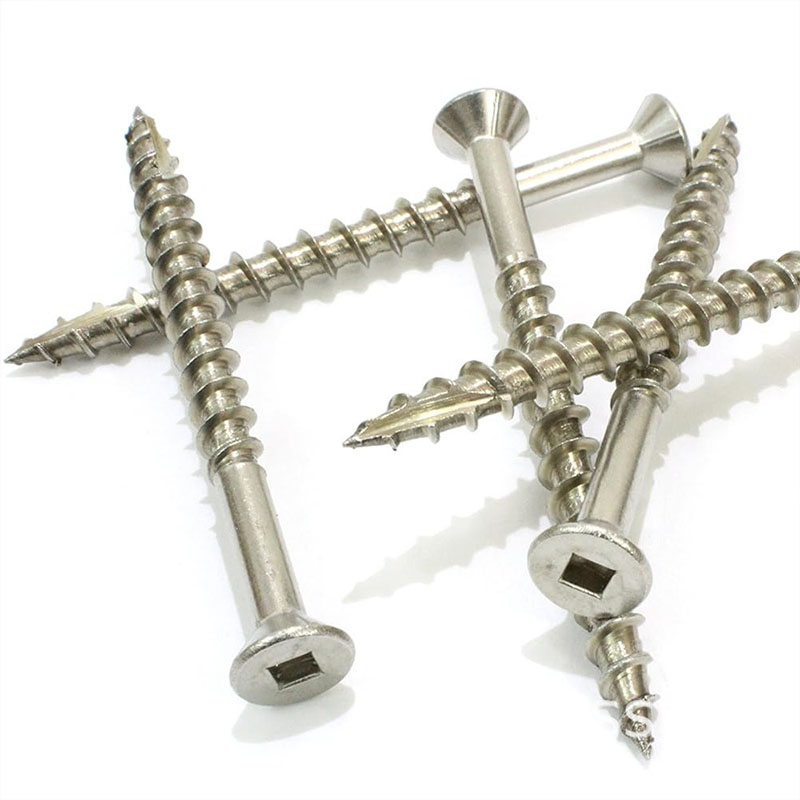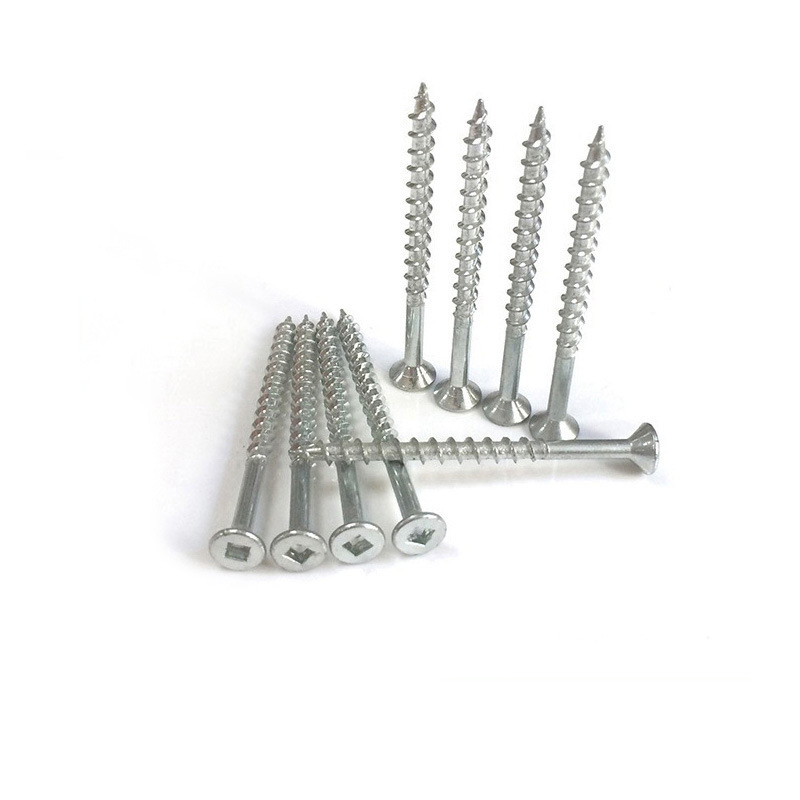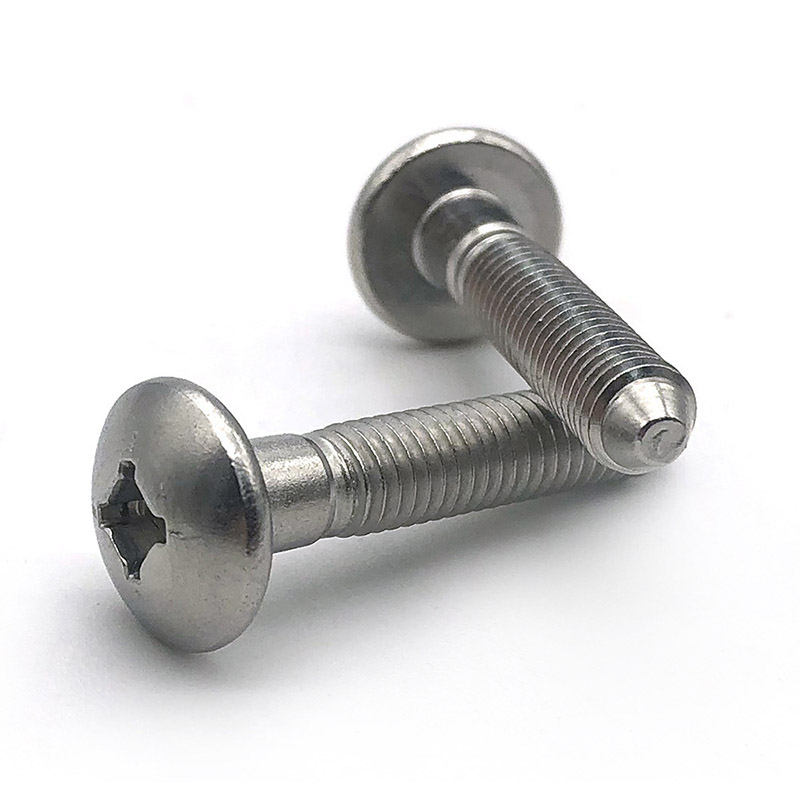Kare Teneff
Talep Gönder
Lots of Square recess countersunk screw can be recycled,especially the stainless steel and titanium ones. This fits with environmentally friendly manufacturing because they don’t waste materials. Plus, they last a long time, which means less material waste overall. Their production processes are efficient, so they don’t add much to the carbon footprint. Companies that want green certifications choose these screws because they meet sustainability standards without sacrificing how well they work. Basically, these screws show that industrial parts can be good for the environment and still be high-performing.
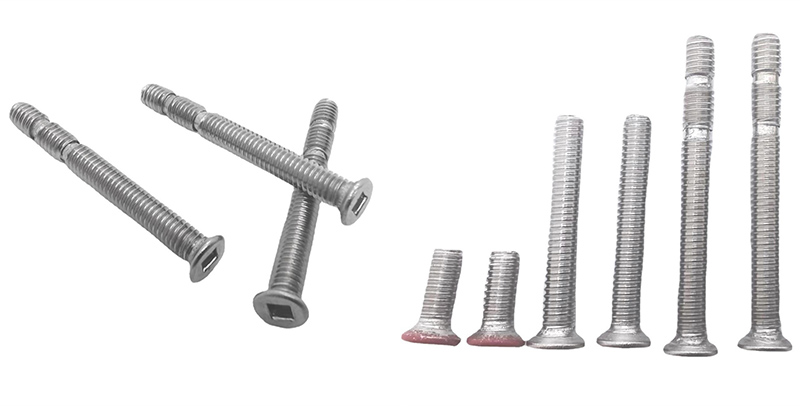
Advantages
Square recess countersunk screws are made of recyclable materials, which saves costs in the long run. It does not require you to change tools frequently, and there will not be too many project downtimes due to replacement.
This countersunk screw is durable and you don’t need to maintain it often. The size is standard, meets the requirements, and is easy to find and buy.
If you are working on a large project, you can buy square recess countersunk screws in bulk. Xiaoguo, as a fastener supplier, provides wholesale prices to save more money.
This screw can be used in many places, is flexible to use, looks good, and does not cause waste.
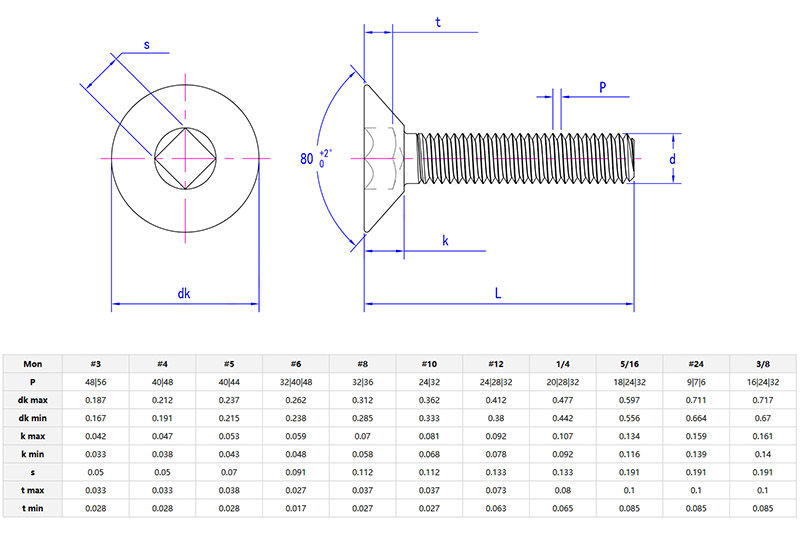
Quality standards
Q:What materials are square recess countersunk screw typically made from, and do they meet international quality standards?
A:Square recess countersunk screws are mostly made of things like stainless steel (SS304/SS316), carbon steel (grades 4.8, 8.8, 12.9), or plain old brass. The ones worth buying stick to big-name standards like ASTM, ISO, or DIN,those basically mean the screws won’t rust quick, can handle heavy stuff, and won’t break down fast.
Stainless steel is your go to for damp or wet places, while carbon steel screws are often heat-treated if you need something tough (like heavy machinery). Some projects might require certifications like RoHS or REACH, especially if there are strict rules about materials.
Whatever your project is, always ask for the screw’s material details and test reports upfront. Save time, save costs, and avoid problems that need to be solved later.
Material selection
|
Market |
Total Revenue (%) |
|
North America |
20 |
|
South America |
4 |
|
Eastern Europe |
24 |
|
Southeast Asia |
2 |
|
Africa |
2 |
|
Oceania |
1 |
|
Mid East |
4 |
|
Eastern Asia |
13 |
|
Western Europe |
18 |
|
Central America |
6 |
|
Northern Europe |
2 |
|
Southern Europe |
1 |
|
South Asia |
4 |
|
Domestic Market |
5 |


